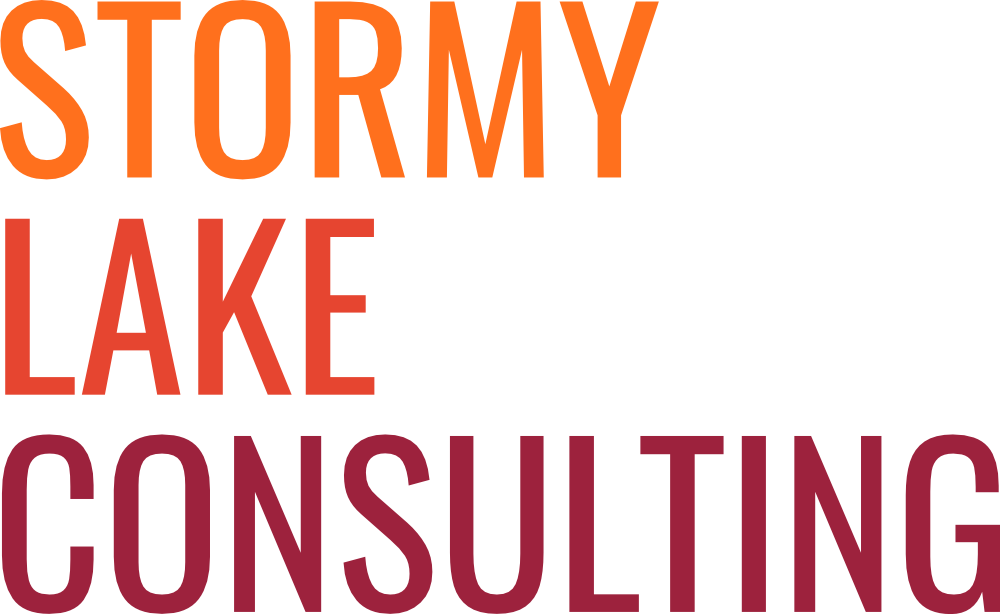The I Was Framed Weekly Update
Scene, interior. A haze of cigarette smoke hangs in the air. A knock at the door.
"A customer?"
"I guess so. You'll want to see him anyway: he's a knockout."
"Shoo him in, darling," said Albert. "Shoo him in."
He was short and pleasantly round, without angularity anywhere. His body was erect and suit double-breasted, his legs long, his hands small and feet wide. The hair curling from under his red hat was shining yellow, his full lips more brightly red. White teeth glistened in the crescent his eager smile made.
Albert sank into his swivel-chair, made a quarter-turn to face him, smiled politely. He smiled without separating his lips. “What’s your name doll?”
“Bobo.”
Thus began, we imagine, Albert Bandura’s seminal work on observational learning. Bandura’s work was a simple and brilliant counterpoint to B.F. Skinner and the behaviorists' insistence that learning requires reward or punishment. Instead, Bandura showed that children model behaviour they see in adults, needing only to observe rather than engage in a behaviour and have that behaviour punished or rewarded. When children saw an adult punch, kick, and toss a Bobo doll, the children punched, kicked, and tossed the Bobo doll. If children didn’t witness this aggressive behaviour, they were far less likely to act aggressively toward the Bobo doll.
Cumberbatch (1990) found that children who had not played with a Bobo Doll before were five times as likely to imitate the aggressive behavior than those who were familiar with it. The novelty value of the doll makes it more likely that children will imitate the behavior.
Of course, marketers intuitively understood this phenomenon long before Bandura’s experiments in the 1960s. Marketers have long known that when a new store opens, the owners want to have a line-up that stretches around the block. Not because standing in line is a rewarding experience for new customers, but because other potential customers will observe the line and learn that whatever is inside the shop must be pretty great.
With 100,000 millennials in Alberta signing up for vaccines yesterday and a vocal minority hesitant to get vaccinated at all, there’s plenty of opportunity to observe both vaccine enthusiasm and hesitancy. It all comes down to how you’re encouraged to look at it. It’s an issue of framing.
There are other classic frames:
Dilbert’s eyeglasses
Who Framed Roger Rabbit – “I’m not bad, I’m just drawn that way.”
The $50,000 picture frame around Leonardo da Vinci’s ‘Salvator Mundi”
Wood-framed Morgan cars (still built today)
23.1% of Canadians are somewhat or very resistant to receiving the COVID-19 vaccine. (Statistics Canada, March 26, 2021.)
Of all these frames, by far the most problematic is the last. If we want to encourage vaccinations, focusing on the number of people who are resistant suppresses behaviour while focusing on people who are willing encourages behaviour.
The framing effect is a cognitive bias where people decide on options based on whether the options are presented with positive or negative connotations, e.g., as a loss or as a gain. Gains and losses are usually descriptions of outcomes (e.g., lives lost or saved, disease patients treated and not treated, etc.).
Would you use a condom that is 95% effective or one that has a 5% risk of failure? (Or have you been married long enough that the question is irrelevant.) Would you want a vaccine that 73% of your peers will take, or a vaccine that 27% of your peers don’t want?
Unfortunately, this principle of framing runs counter to the media principle of “if it bleeds, it leads” – a focus on the more dramatic, negative framing in the media over the more positive approach. The media argues that it takes a neutral stance, but you can’t be neutral on this issue. Depending on whether you use the positive or negative number, you are taking a stand one way or the other.
Particularly with complicated issues, low knowledge individuals are more affected by negative framing. In the context of the pandemic, despite being inundated with information, we may actually have low knowledge.
An excellent Op-ed in the LA Times by MIT researchers talks about vaccine hesitancy vs enthusiasm as a means of creating social norms. The more people hear that the vast majority want vaccines, the more they’ll want vaccines themselves.
While we’ve been talking about framing and vaccines, framing affects most areas of business and personal life. It is a very important dynamic to keep front of mind as you interpret the information presented to you.
Stay safe and read the headlines carefully.
*Gumshoed readers might recognize our butchery of The Maltese Falcon. If you enjoyed that, you’ll also be delighted to learn that terms from psychology make great titles for pulp mystery novels:
The Skinner Box
The Shadow Self
Loss Frame
Object Permanence
P.S. Thank you for being one of the 73% of our readers who are regularly engaged in our weekly updates.





